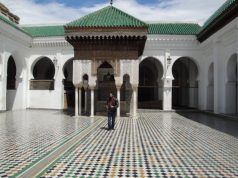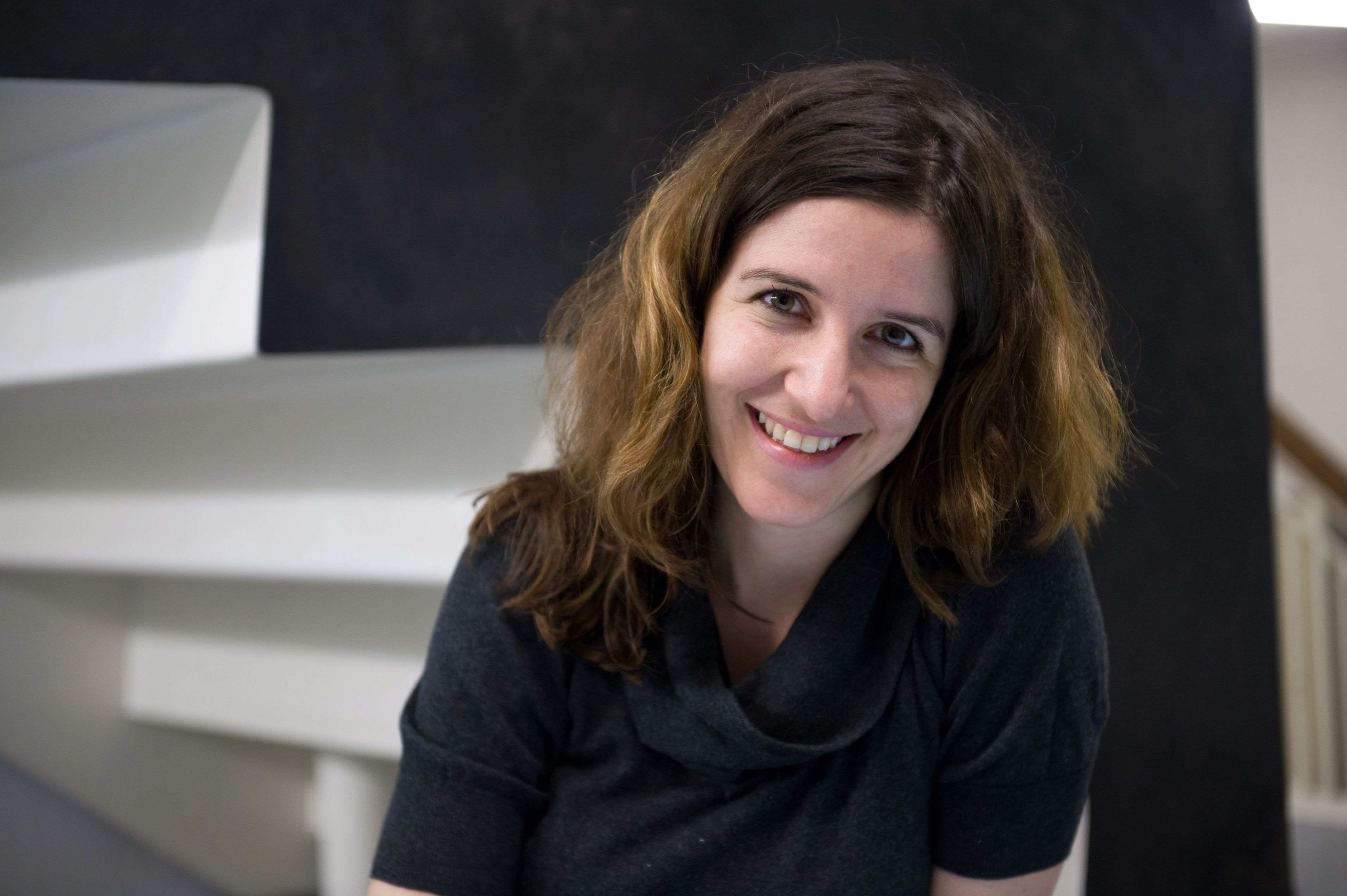
Rabat, Morocco- The local architect behind the renovation of the world’s oldest library has revealed her biggest battle was not in saving the crumbling 1,200 year-old structure –but in opening its doors to the public.
Aziza Chaouni fought tirelessly to allow the ancient al-Qarawiyyin Library in Fez, Morocco – first built in 859 – to welcome all when it re-opens next year.
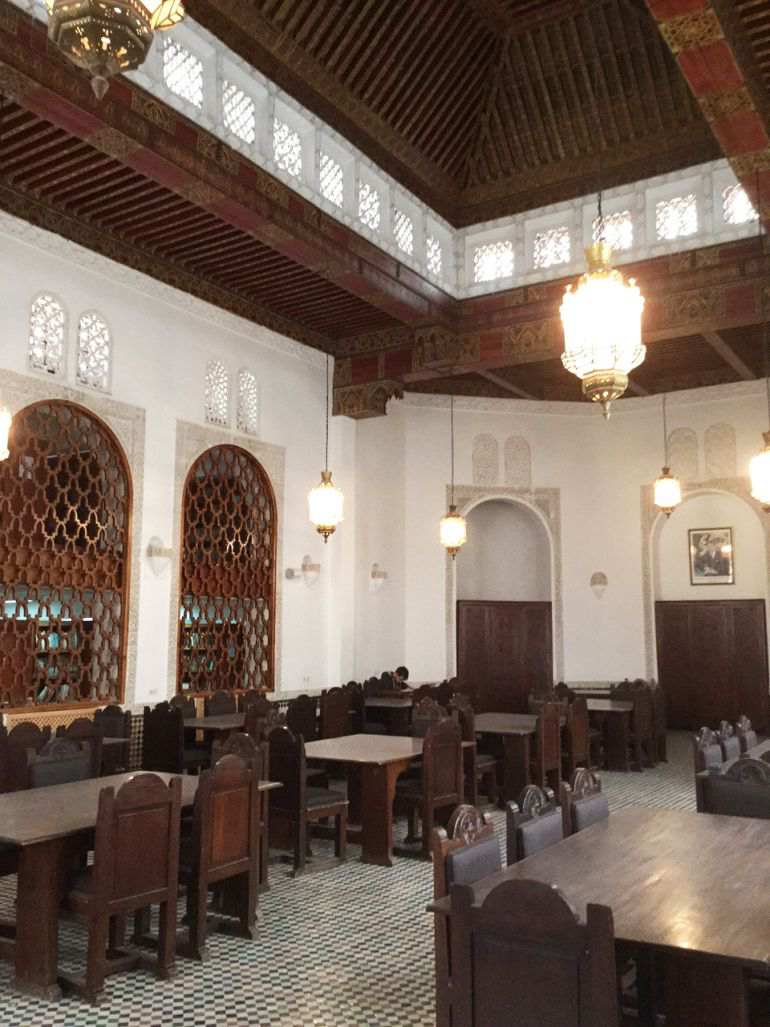
Despite being the brains behind the vast site’s massive three-year restoration job – which involved not only rejuvenating the crippled structure but also upgrading its entire drainage system, a requirement only discovered during the overhaul – the Fez-born engineer was met with resistance from those set on maintaining its policy of allowing only students and scholars inside.
The library – which is part of a university and mosque buried deep within the packed ancient city – was first born through the generosity of local woman Fatima al-Fihri. Raised in the city the daughter of a wealthy merchant, she invested her entire inheritance into the library, wanting to provide the Moroccan people with a place of knowledge.
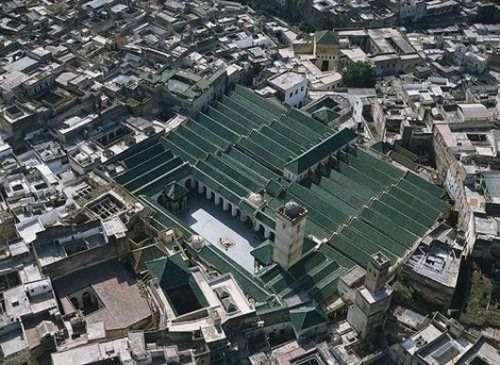
Well aware of its history, Aziza took on this baton in her quest to make its learning available to all, refusing to accept the responsibility of overseeing the upgrade of the building if the finished product could not be enjoyed by those living in the city, as it had been for the last 600 years.
Aziza said: “For the client, my job as an architect was simply to restore the library and leave it as it was found. I disagreed with this approach.
“I voiced my concerns, stating that restoring the library with the highest level of respect and architectural skill does not help in making the library once again a beacon of knowledge and culture for its foremost users: the inhabitants of Fez and Moroccans overall.
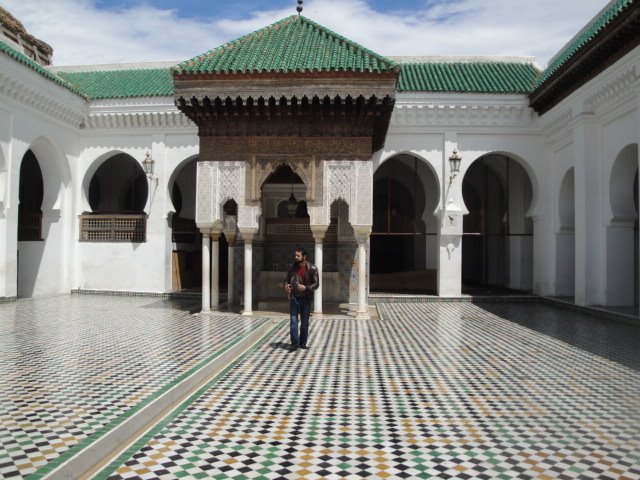
“I won’t hide from you that being a woman demanded that I doubled my efforts into being heard, but heard I finally was.”
Growing up in Fez, Aziza – like all other locals – could walk by the sprawling library building, but the closest she could get to being inside would be the scowl of the guard sat outside its exterior walls.
“What lay behind was a mystery to me,” the Harvard and Columbia university’s alumni recalled.
However, after being appointed as the architect charged with restoring the grand building, her first encounter with its interior was far from what she had imagined – its level of disrepair leaving her astounded.
Rainwater was pouring in through the ancient roof and ceilings, leaving its deep-rooted cracks seeping with moisture. The walls were chipped away and crumbling, while centuries old tile mosaics on the floors of the library’s courtyards were cracked and worn – their intricate patterns almost lost forever.
More than 24,000 books, 3,823 manuscripts, a Qa’ran from the ninth century, rare literary collections and calligraphic scripts were all at desperate risk. A huge 300kg chandelier had crashed down from its holding in one of the reading rooms, and even the buildings more modern additions – electrical wiring installed to help secure its most valuable contents, for example – hung exposed from the walls.
Speaking exclusively to the INDEX Design Series, who aim to unite designers and architects at their inaugural INDEX North Africa exhibition in Morocco this December, Aziza said: “The general view of the rehabilitation of buildings in Morocco is one which is maybe 50 years old. They just have to be restored for the sake of restoring them – we enter, fix things as we see, and leave it as such.
“There is no will to take risks and find the deep root of these problems. It is a general mentality, ingrained, but also there is this fear of the unknown, not knowing what’s behind every wall.
“It became clear to me that the renovation of the library should go beyond just restoring the building. I took the risk to go in and restore it because of two things. One, I am trained as an engineer, so being that as well as an architect gave me real confidence. Secondly, I am naturally adventurous.
“I wouldn’t want to have taken on the job if it was just about putting a veneer on top. You can give a person an aspirin, but that’s not going to fix them if they are badly unwell.”
After lengthy negotiations with the Moroccan Ministry of Culture, who manages the library; the Ministry of Religious Affairs, who own the building; and the Historic Building Commission, stakeholders working and using the library, Aziza managed to finalize her building programme for the new look premises.
She said: “One of our first calls was to think how to attract visitors in and allow them the chance to experience the library’s architecture and see some of its famous manuscripts. Our strategy was to create an attractive destination. We proposed a small café and two exhibition rooms in which the library’s manuscripts would be shown to the public for the first time.
“In addition, the library had just received a gift from Kuwait of several machines to digitize the manuscripts and restore them. So we proposed to convert the basement of the reading room into a state of the art lab for book restoration and digitization.
“We had to imagine how the al-Qarawiyyin Library – as an historic monument with such a strong symbolic value for scholars and others – could retain its soul.”
Under Aziza’s terms, the new manuscripts restoration lab, an exhibition room, café, modern administration offices and study rooms for visiting scholars were all installed. Each of the site’s ancient water fountains – of which there are hundreds across Fez – was restored to its former glory, running off filtered rain water.
Following three years of considerable restructuring, the library will open again in January – and to the public for the first time in more than 600 years.
“By far my biggest pride in this project is to have made it accessible to the Moroccan public, letting them discover this unique space, its history as well as its beautiful centuries old architecture and manuscripts,” Aziza said triumphantly.
“I sincerely hope that by opening the library doors to the public that I did justice to the visionary mission of the library’s founder and patron, Fatima al-Fihri, who had wanted to make knowledge available to everyone in her city.”
Aziza Chaouni will take part of the The inaugural INDEX North Africa, an event which will take place at the Parc Des Expositions De L’Office Des Changes (CICEC), in Casablanca, between December 5th and 7th. For more information on how to attend, visit www.indexnorthafrica.com.
The interview-article was conducted by Index North Africa.


